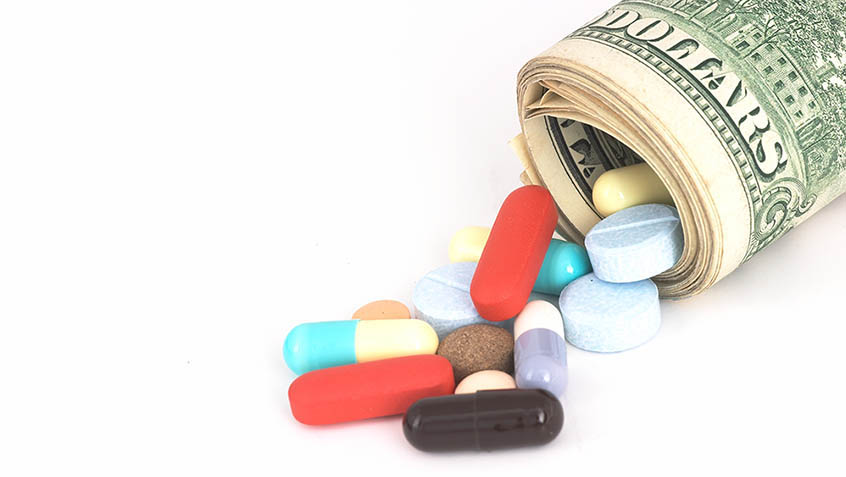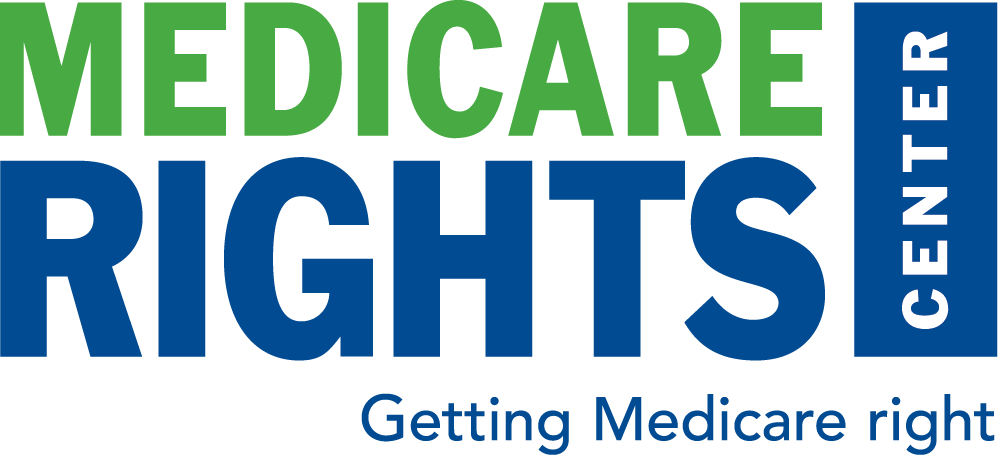Millions Of People with Medicare Have Reached “Catastrophic” Part D Coverage
- By Casey Schwarz
- July 29, 2021

Medicare Part D, which covers outpatient prescription drugs for people with Medicare, has four phases of coverage: the deductible, when the beneficiary pays the full cost of the medication; the initial coverage period, when the plan pays for most of the cost of the medication and the beneficiary pays a copay or coinsurance; the coverage gap, also known as the “donut hole,” where the beneficiary pays 25% of the cost while the government, drug manufacturers, and the plan pay the rest; and finally, the catastrophic coverage phase, where beneficiaries usually pay 5% of the cost and plan pays for the remainder.
In 2021, beneficiaries will reach catastrophic coverage phase when they have spent $6,550. But because there is no hard cap on beneficiary out-of-pocket spending in Part D, those who take high-cost medications may pay thousands of dollars above the catastrophic threshold—5% of a $10,000 drug can add up fast.
This week, the Kaiser Family Foundation (KFF) released a report showing that for millions of older adults and people with disabilities, this scenario is all too real. Over the five-year period from 2015-2019, 2.7 million enrollees had at least one year with spending above the catastrophic limit, and over the ten-year period from 2010-2019, 3.6 million did. Reaching catastrophic coverage can come with enormous expense. In 2019 alone, nearly 1.5 million Part D enrollees spent $1.8 billion on prescription medications after exceeding the threshold.
According to KFF, the number of beneficiaries who reach the catastrophic coverage phase has increased annually since 2010. While this is likely attributable to several factors, including higher drug prices and growth in the total number of Part D enrollees, it is an alarming trend that warrants immediate policymaker intervention.
Medicare Rights supports legislation to establish a hard cap on beneficiary out-of-pocket costs, including as outlined in H.R. 3, the Elijah E. Cummings Lower Drug Costs Now Act. This long overdue change would better protect access to needed medications and strengthen the health and financial security of older adults and people with disabilities.
Join Medicare Rights in urging Congress to take swift action on this and other needed Medicare improvements. Learn more and weigh in today.
Read the KFF report, Millions of Medicare Part D Enrollees Have Had Out-of-Pocket Drug Spending Above the Catastrophic Threshold Over Time.
